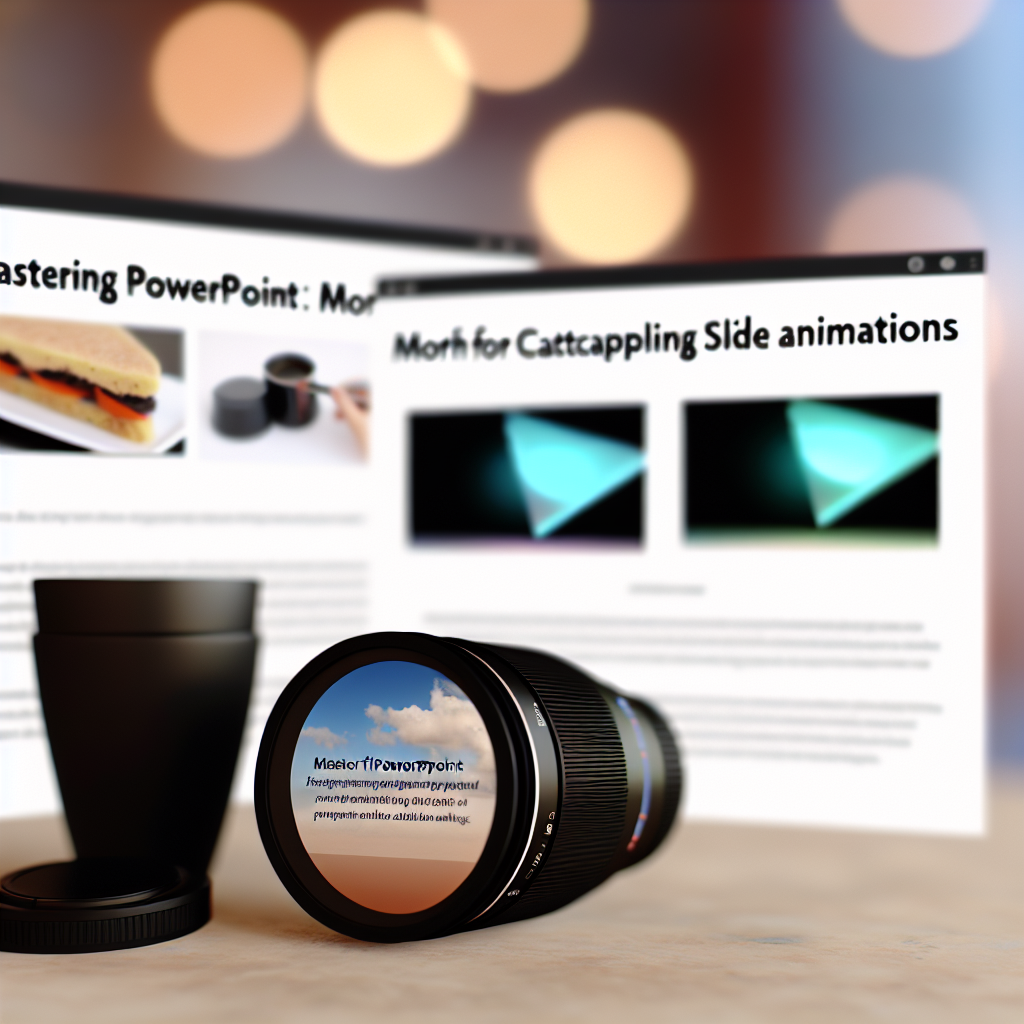Are you looking to enhance your PowerPoint presentations with dynamic and engaging animations? The PowerPoint Morph transition is a powerful tool that allows you to create seamless animations between slides, making your presentations more professional and captivating. In this tutorial, we’ll walk you through an easy step-by-step process to master PowerPoint Morph and elevate your presentation game.
Understanding the PowerPoint Morph Transition
The PowerPoint Morph feature is designed to create smooth animations that transfer objects, text, or images from one slide to another. Unlike traditional animations that require multiple effects and complex timing adjustments, Morph offers a simple way to produce polished motion effects with minimal effort. To effectively use Morph, you need to understand its core principles and how it interacts with your slide content.
Essentially, Morph works by analyzing the objects in consecutive slides and calculating the transformation needed to animate one into the other. Whether you are moving shapes, resizing images, or swapping out text, Morph ensures that these changes happen fluidly. This transition is especially useful for creating visual storytelling, process diagrams, or modern slide transitions.
Step-by-Step Guide to Master PowerPoint Morph
Getting started with Morph is straightforward, but to maximize its potential, follow these key steps:
- Create Two Similar Slides: Begin by designing your initial slide with the objects or images you want to animate. Duplicate this slide to retain the original content.
- Adjust Object Positions: On the duplicated slide, move, resize, or modify the objects to their desired positions or states. Remember, the Morph transition will animate these changes smoothly.
- Apply the Morph Transition: Select the second slide, then go to the Transitions tab and click on Morph. You can preview the animation to see how objects transition from their original to modified states.
- Refine for Perfection: For more complex animations, consider breaking the process into multiple slides, gradually changing object positions to create a comprehensive motion sequence. Additionally, ensure objects are consistent in naming to achieve seamless transformations.
As a bonus tip, experiment with combining Morph with other PowerPoint effects like zoom or fade to create visually stunning presentations. Moreover, the ability to animate words, shapes, and images makes Morph suitable for various professional and creative uses, from business pitches to educational content.
Conclusion
Mastering the PowerPoint Morph transition unlocks a new level of presentation polish with minimal effort. By understanding how to create similar slides, adjust objects intentionally, and apply Morph for fluid animations, you can transform simple slides into captivating visual stories. Practice these steps, explore creative variations, and impress your audience with seamless, professional transitions every time.
